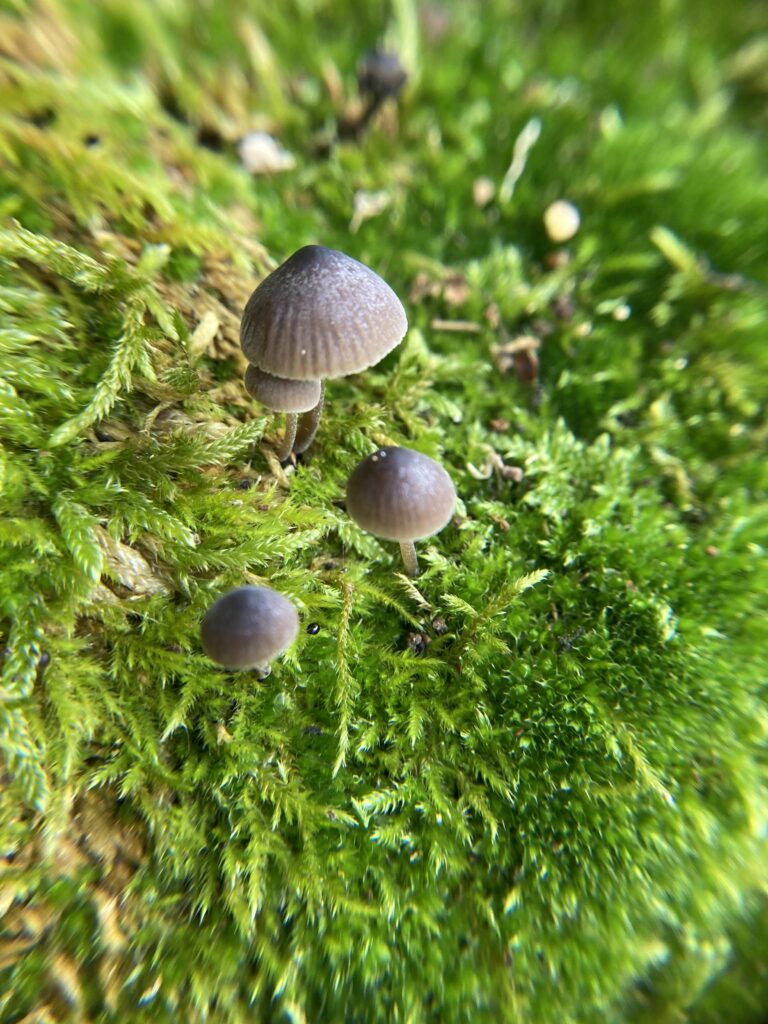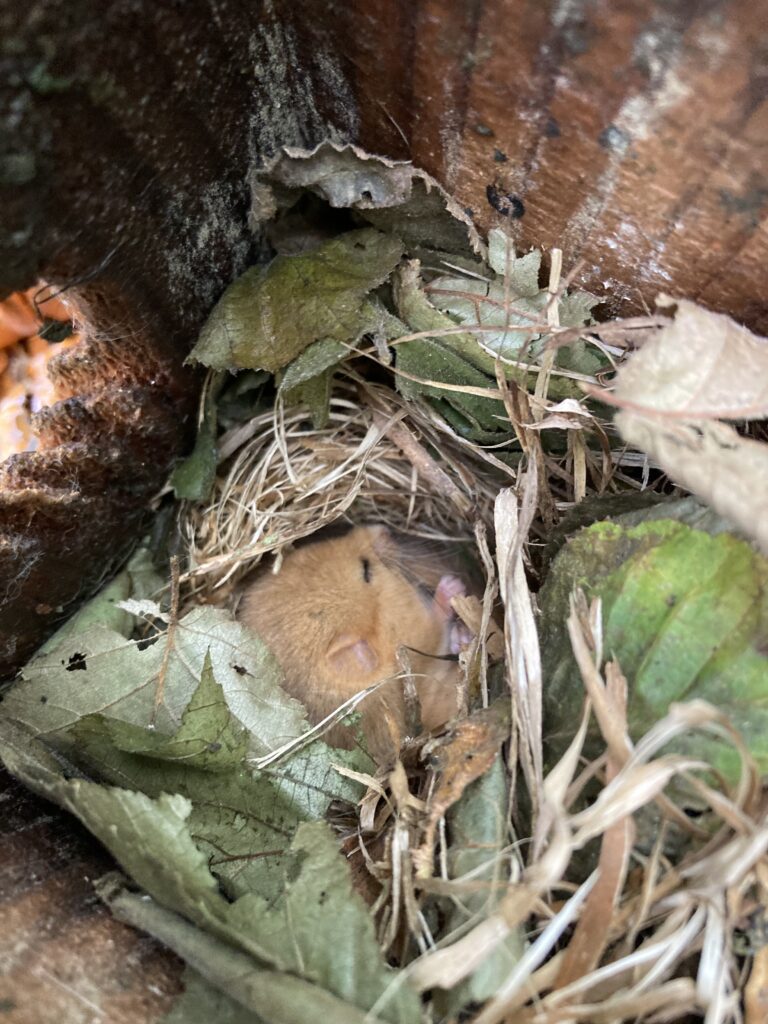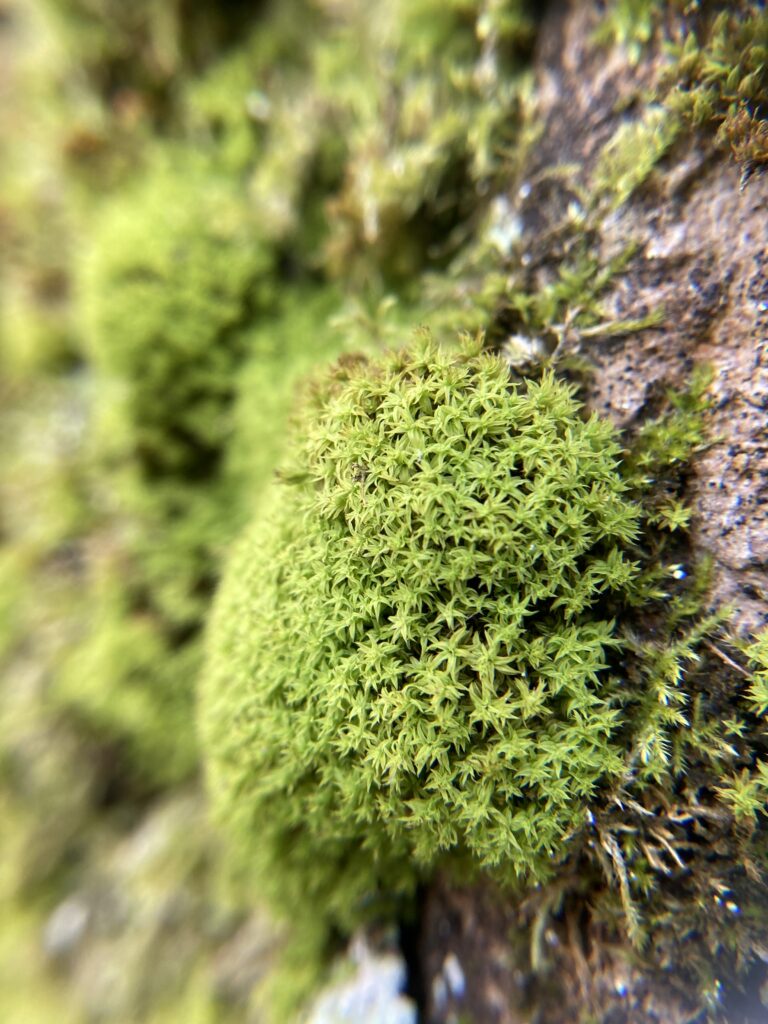Ancient trees provide ever-declining, specialist habitats for species which require very specific conditions. In turn, some of these species are also required for the survival of the tree itself. These trees have witnessed many historical events and through this time many processes have taken place which have created specialist deadwood habitats.
Ancient trees are also becoming more important, because due to a lack of legislation, we are losing them rapidly due to new land management practices and new infrastructure developments. Sign the Woodland Trust’s Living Legends petition to promote the need for their protection to the government.

Formation of Deadwood and Fungi
Ancient trees possess many features, such as hollow trunks, which have taken many years to develop and provide specialist habitats for many rare species. These hollow trunks have been formed by heart-rot fungi which break down wood which the tree no longer needs and releases the minerals for the trees to reuse. This process was once thought to be detrimental to the trees, however further research has proved that this is simply a natural part of a trees ageing process. Fungi which have formed connections with the trees can also provide micro-habitats, which are suitable for both specialist and generalist species. Mycorrhizal fungi form symbiotic relationships with the roots of trees and supply the tree with nutrients from the surrounding area. Other rare fungi can also be found on ancient trees, with the fruiting bodies providing food for other woodland species such as squirrels, snails, and beetles.

Beetles
Saproxylic beetles are ones which rely on dead and decaying wood for part of their lifecycle. They contribute to the decay of deadwood habitats and recycling of nutrients. It is thought that in Europe, there are around 4,000 saproxylic beetle species. Some of these beetles rely on the deadwood habitats of ancient trees for larval development, and so the long-term survival of these species depends on new generations of ancient trees developing and becoming suitable for colonisation. The abundance and diversity of beetles depends on many factors including the amount of deadwood, tree age and habitat continuity, as well as environmental factors of sunlight, disturbance and management. Therefore, we need to be making sure that there are new host trees which are being allowed to age and reach ancient status. Unfortunately they have become scarce across Europe, due to changes in land management practices.

Birds and Mammals
Ancient trees provide habitats for many bird and mammal species in the UK. As well as providing nesting-opportunities in cavities, they also provide rich foraging grounds for invertebrates. Some birds including owls and treecreepers make use of existing cavities created naturally by the tree. Whereas woodpeckers usually make their own holes or modify existing ones. Tree cavities are also used by some species of mammals, including bats, dormice, pine martens and squirrels. Hazel dormice are a European protected species, and their populations are declining in the UK, mainly due to habitat loss. Two species of bat in the UK also heavily rely on these trees, with the Bechstein favouring rot-holes high in the canopy, and Barbastelles preferring cavities behind loose bark on ancient trees.

Lichens and Mosses
Lichens and mosses are also important colonisers of ancient trees, and their diverse and complex communities can take many years to form. Therefore, ancient trees support some of the most diverse communities of epiphytes on the planet. Other conditions, most importantly sunlight, are crucial for these communities to thrive, and so it is normally only on openly-grown trees that such are found – rather than a closed-canopy woodland.
Climate Change
A report by the Woodland Trust commissioned in 2021 found that ancient woodlands stored 36% of total UK woodland carbon, despite the fact that ancient woodlands only comprise 25% of all woodlands in the UK. This shows the great importance of ancient woodlands, and also of veteran and ancient trees. As a tree ages, it absorbs more and more carbon, which means that older trees store more carbon than younger ones. Obviously, there are caveats to this with the species and growth habits of trees, which may mean that bigger trees aren’t actually the oldest. And as we know, as part of the ageing process, ancient trees do tend to reduce in size and stop growing. So, they have limited capacity to absorb extra carbon, but still act as a storage unit. This doesn’t negate the fact that ancient trees are playing their part in storing carbon and they have been doing so for longer than most.
Ancient trees symbolise relics of historical landscapes and communities. So they also act as a reminder of our past and can therefore have great importance locally or regionally. Ancient trees are one of the most important and specialised habitats in Europe and therefore we need to be taking actions to protect these ancient trees for future generations.
References:
Species fact sheet.pdf (vetcert.eu)
Carbon storage in mature forests | Cambridge Institute for Sustainability Leadership (CISL)